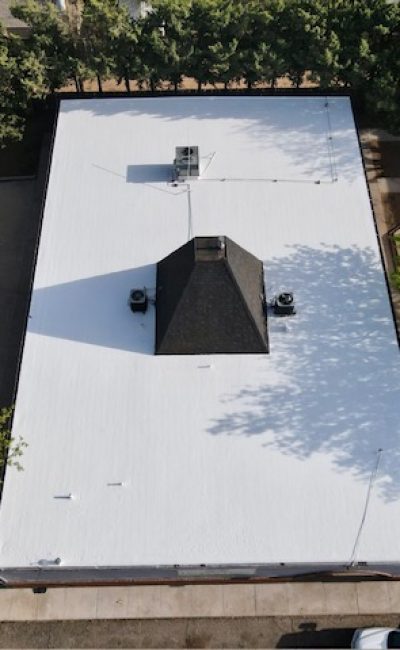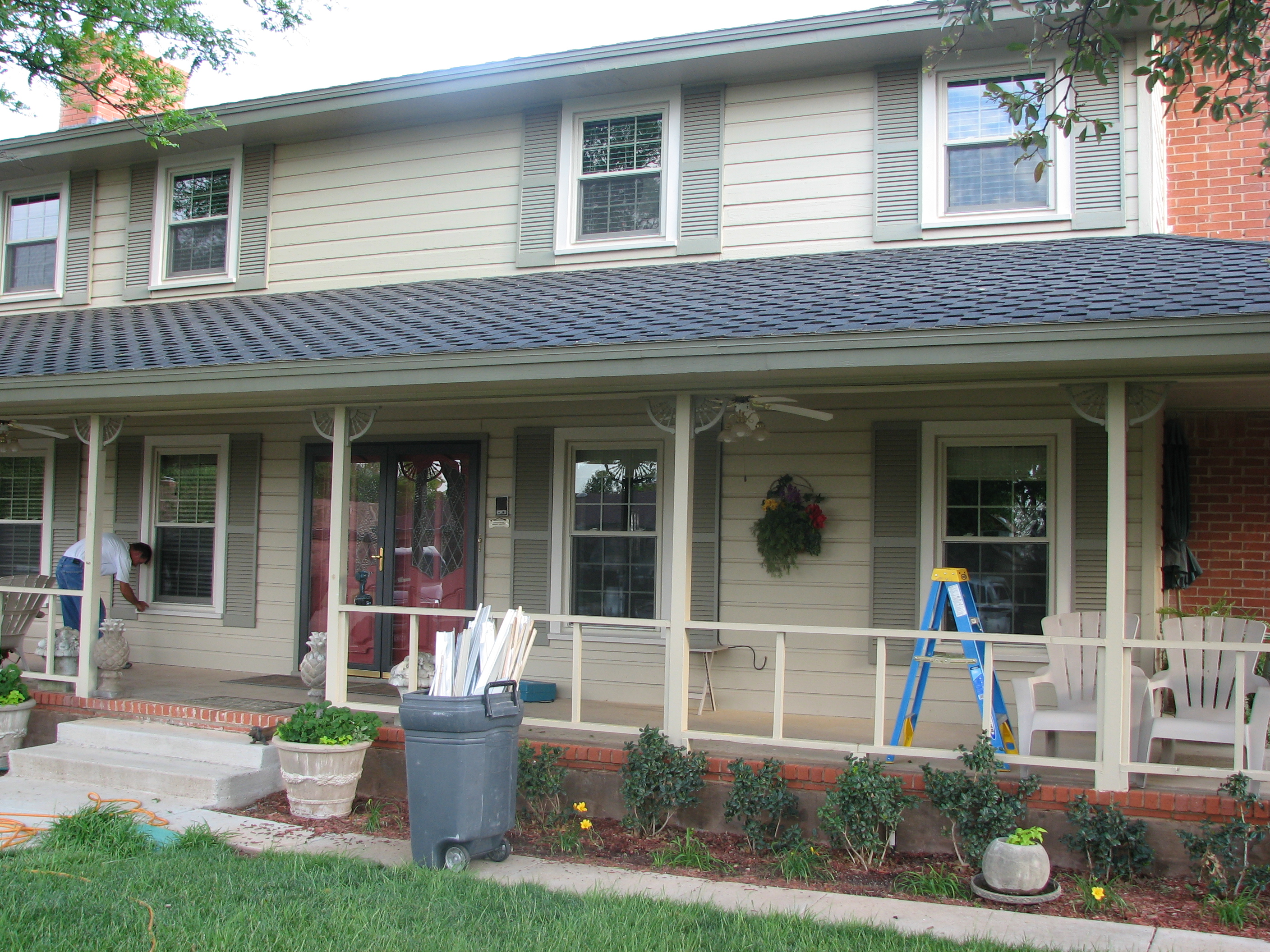Introduction
In the ever-evolving landscape of renewable energy, solar roofing systems have emerged as a cornerstone for both residential and commercial properties. The integration of solar technology into roofing systems not only offers sustainability but also provides significant savings on energy bills. This article will delve deep into the intricacies of solar roofing systems, exploring their benefits, installation processes, maintenance requirements, and their role in maximizing efficiency and savings.
Solar Roofing Systems Explained: Maximizing Efficiency and Savings
Solar roofing systems represent a paradigm shift in how we view energy consumption in our homes and businesses. By harnessing the sun's power, these innovative solutions can drastically reduce reliance on traditional energy sources. But what exactly are solar roofing systems? Essentially, they consist of photovoltaic (PV) panels installed on rooftops that convert sunlight into electricity. This clean energy can be used to power homes or businesses directly or stored for later use.
What Are Solar Roofing Systems?
Solar roofing systems can be categorized primarily into two types:

Benefits of Solar Roofing Systems
- Energy Savings: One of the most compelling reasons to consider solar roofing is the potential for substantial reductions in electricity bills. Environmental Impact: By utilizing renewable energy, homeowners contribute to reducing carbon footprints. Increased Property Value: Homes equipped with solar roofs often see an increase in property value.
Government Incentives for Solar Energy
Many governments offer tax rebates and incentives for installing solar roofing systems. This financial support can significantly offset initial installation costs.
Understanding Your Options: Types of Solar Roofing Systems
1. Photovoltaic (PV) Panels vs. Solar Shingles
- PV Panels: Generally more efficient but may not blend seamlessly with existing roofs. Solar Shingles: Offer aesthetic benefits but might have slightly lower efficiency rates compared to conventional panels.
2. Grid-Tied vs. Off-Grid Systems
- Grid-Tied Systems: Connected to the local utility grid; excess energy can be sold back. Off-Grid Systems: Standalone units ideal for remote locations but require battery storage solutions.
Installation Process for Solar Roofing Systems
Step 1: Consultation and Assessment
Before any installation, it’s crucial to consult with a specialized contractor who offers Roofing Services Lubbock TX. They will assess the roof's structure and determine its suitability for solar panels or shingles.
Step 2: Design Planning
Once assessed, a detailed plan will outline how many panels are needed based on your energy consumption patterns.
Step 3: Permitting and Regulations
It’s essential to obtain necessary permits from local authorities before proceeding with installation.
Step 4: Installation Day!
The actual installation involves mounting brackets followed by placing the panels or shingles securely on your roof.
Maintenance of Solar Roofing Systems
Regular maintenance ensures that your solar roofing system operates efficiently over time. Here’s what you need to keep in mind:
Routine Inspections
Just as you would schedule Roof Inspection services for regular checks, it's vital to have your solar system inspected periodically.
Cleaning Panels/Shingles Regularly
Dust and debris can accumulate on your solar panels or shingles, obstructing sunlight absorption. Regular cleaning is essential.
Cost Analysis of Solar Roofing Systems
A comprehensive cost analysis includes:
| Expense Category | Estimated Cost Range | |---------------------------|---------------------------| | Installation | $15,000 - $30,000 | | Maintenance | $300 - $600 annually | | Insurance | Varies by provider |
Understanding these costs helps homeowners budget effectively while considering a transition to solar energy solutions.

Financing Options Available for Solar Roofing Systems
Many homeowners may find upfront costs daunting; however, various financing options make this transition easier:
Home Equity Loans Solar Loans Leasing Options Power Purchase Agreements (PPAs)Each option has distinct features catering to different financial situations—research thoroughly before deciding!
Maximizing Efficiency with Solar Roofing Systems
To truly maximize efficiency and savings from your solar roofing Lubbock contractor services system:
- Invest in high-efficiency panels or shingles. Ensure proper orientation towards sunlight exposure. Consider battery storage options to utilize excess energy better.
Understanding Local Regulations & Building Codes
Before diving headfirst into installing a new system, familiarizing yourself with local regulations is crucial:
- Check zoning laws regarding rooftop installations. Adhere strictly to building codes established by local authorities.
Consult experts who specialize in Emergency Roof Repair Lubbock if you encounter any unforeseen issues during installation!
FAQs about Solar Roofing Systems
1. How much do solar roofing systems cost?
The cost typically ranges between $15,000 and $30,000 depending on size and complexity.
2. Do I need special permits for installation?
Yes, permits are usually required; consult local authorities for specific requirements in your area.
3. How do I maintain my solar roofing system?
Regular inspections and cleaning are essential components of maintenance to ensure optimal performance.
4. Will my insurance cover my solar panels?
Insurance policies vary; it’s best to consult your provider about coverage specifics related to your new installation.
5. Can I install solar shingles instead of traditional panels?
Absolutely! Many homeowners prefer them due to their aesthetic appeal without compromising functionality.
6. What happens if there’s storm damage?
It's wise to contact specialists offering Storm Damage Repair Lubbock services promptly after any weather-related incidents affecting your roof!
Conclusion
Embracing "Solar Roofing Systems Explained: Maximizing Efficiency and Savings" marks a significant step toward sustainability while enjoying considerable financial benefits over time! With advancements in technology making these systems more efficient than ever before coupled with various incentives available today – now is undoubtedly an excellent time for homeowners looking into renewable energy solutions!
Transitioning isn’t just beneficial environmentally; it also impacts finances positively – so why wait? Dive into researching options available near you today!